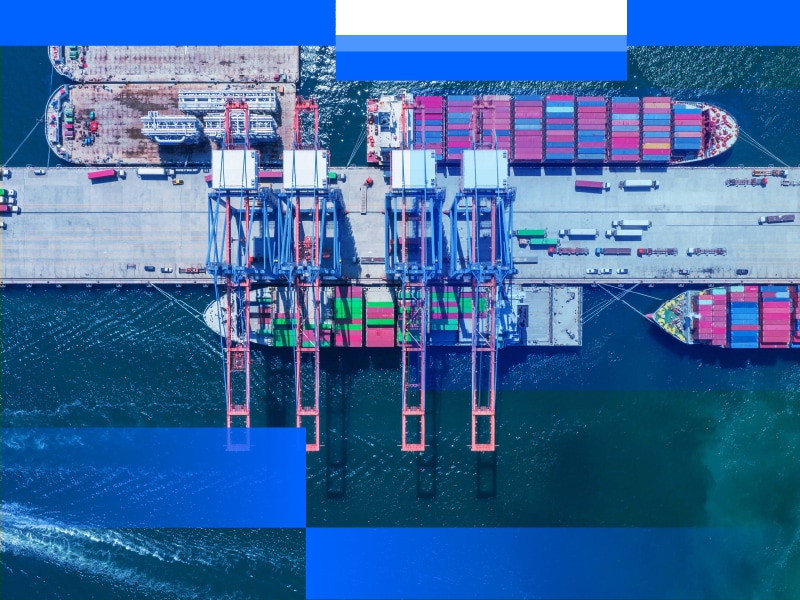Home > TradeEdge > Blogs > How does supply chain collaboration improve sales in emerging markets?
How does supply chain collaboration improve sales in emerging markets?

With an intention to expand their market reach, organizations are exploring promising growth prospects in low penetration emerging markets. But one of the most significant barriers in these economies is the ‘complicated and diversified’ nature of the supply chain distribution setup. In such challenging situations, a company can only achieve the desired efficiencies if it gets timely insights into consumers’ ever-evolving demand preferences in a specific region and time.
Nevertheless, these preferences can be handled successfully, provided the supply chain distributors receive the demand signals on time. This is where the role of a collaborative supply chain distributor system comes into play.
What is Supply Chain Collaboration?
Supply chain collaboration is coordinating with various internal departments and affiliates to maintain an optimized supply chain flow to meet demand and ensure timely delivery. It is the practice of creating real-time collective visibility with the supply chain associates to enable the detection and resolution of problems. The supplier collaboration system includes the detailed scope of supply chain utilities, involving purchase order processes, estimating, capacity planning, and quality management.
Earlier, the supply chains were vertically oriented, with a single organization managing the processes of manufacturing, raw materials, distribution and sales, and marketing. It is not the scenario currently. Most supply chains are decentralized with multi-firms involved, all playing distinct roles in the cycle. With no single company having comprehensive control of all the involved processes, supply chain collaboration is the only way out for unification.
However, the idea of collaboration in its nascent stage with most of them still comprises a mix of organizations. Some firms collaborate, while others follow the traditional supplier/buyer norm.
Challenges of Supply Chain Collaboration
How to enhance Supply Chain Collaboration?
The collaboration can be improved in emerging markets by:
When leveraging supply chain collaboration, the following features are vital for enabling a seamless process flow.
Real-time data sharing: All the parties involved should have access to the latest data for planning, implementation and exception management decisions.
End-to-end visibility: Visibility of the whole supply chain is central for understanding the happenings at any given time regarding its current inventory status, concerns the suppliers are encountering, and any possible discrepancies in capacity or forecasting. Visibility facilitates a company’s capability to recognize potential problems and respond accordingly.
Configurable workflows: Aligning compatible systems and workflows enables supply chain authorities to synchronize with partners more efficiently.
Advanced AI: AI and ML in supply chain collaboration solutions go beyond data analytics. AI enables faster identification of security threats that provide recommendations on what to do about them, allowing operators to make improved, quicker decisions in harmonization with supply chain partners.
In-context messaging: In-context messaging supports collaboration by assisting the users in connecting seamlessly in real-time without switching between systems.
Benefits of Supply Chain Collaboration:
Supply Chain Collaboration – The way ahead
An integrated network allows businesses to ascertain and connect to their trading partners through a single portal, then collaborate with them using common, near-real-time data and streamlined workflows.
Without a unified business network, the global supply chains will be handicapped with isolated, siloed efforts to connect an assortment of producers, suppliers, distributors, and service providers. By exploiting the power of connected networks, companies will be able to take clues from the past, better forecast the future, and drive the desired business consequences together with a global community of associates.
The implementation of TradeEdge Business Network platform provides many benefits, including “automated and efficient inventory tracking, better control over product pricing, promotion optimization, better visibility to customer needs and demands, a consistent view into product and category performance, and access to harmonized data.” 1


Possibilities Unlimited
Possibilities Unlimited
Inspiring enterprises with the power of digital platforms
More blogs from EdgeVerve →